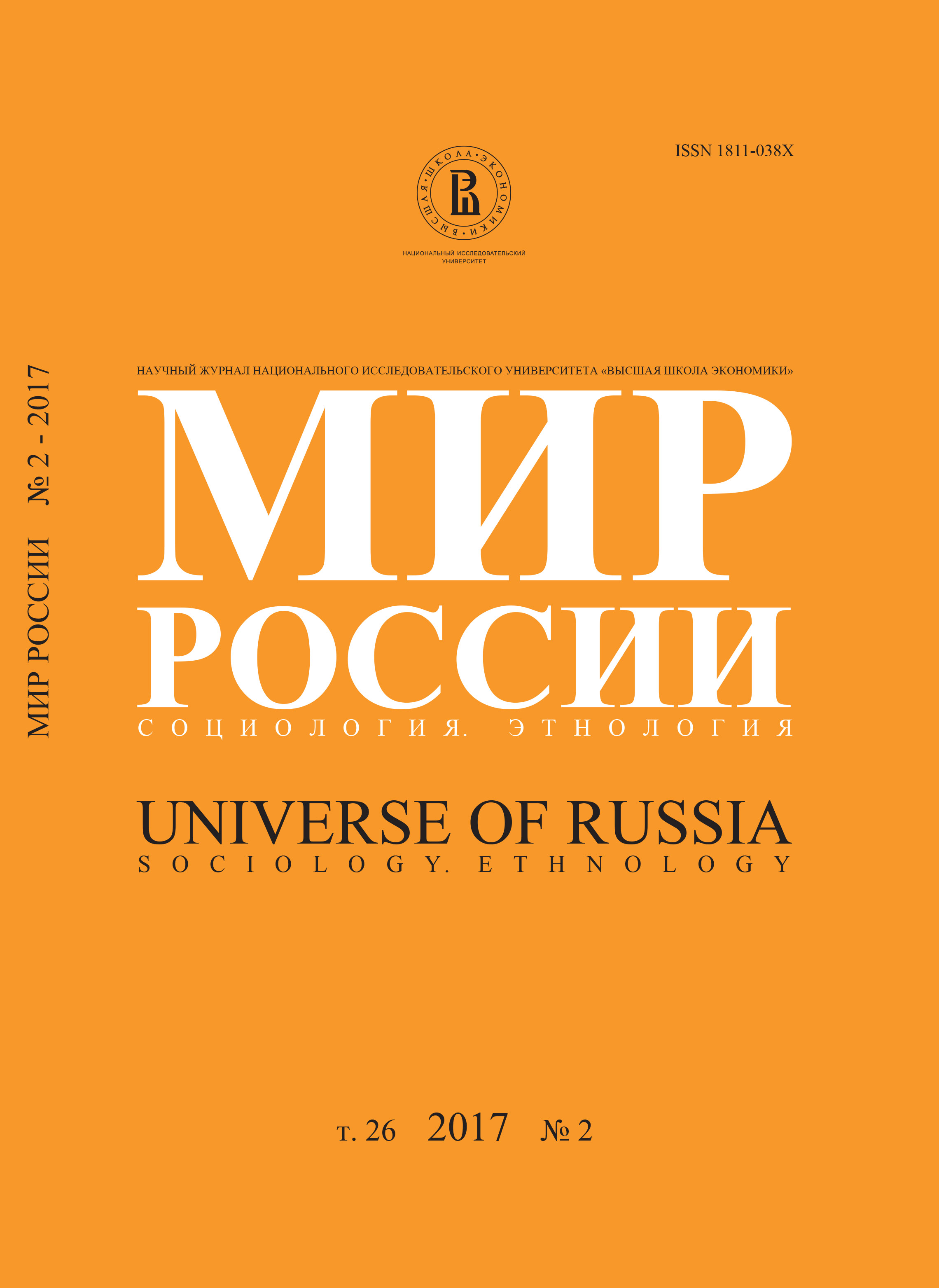Vulnerability Assessment of the Agricultural Economy in Russia (Using the Example of Rostov Region, Southern Federal District)
Abstract
Shahab Alddin Shokri – Associated Professor, Islamic Azad University, Roudehen. Address: PO Box: 189, Roudehen, Iran. E-mail: shokri@riau.ac.ir
Alexey Arkhipov – Doctor of Science in Economics, Professor, Director of the Higher School of Business, Southern Federal University. Address: 88, Gorky St., Rostov-on-Don, 344002, Russian Federation. E-mail: аrkhipov@sfedu.ru
Olga Belokrylova – Doctor of Science in Economics, Professor, Economic Theory Department, Southern Federal University. Address: 88, Gorky St., Rostov-on-Don, 344002, Russian Federation. E-mail: belokrylova@mail.ru
Yulia Filonenko – Candidate of Science in Economics, Associate Professor, Economic Theory Department, Southern Federal University. Address: 88, Gorky St., Rostov-on-Don, 344002, Russian Federation. E-mail: yfilonenko@sfedu.ru
Over the past decade, Rostov region of the Southern Federal District in Russia has experienced a major reduction in agricultural production due to climate variability and imperfect institutional mechanisms. Rural communities and agricultural producers, especially in small and medium scale businesses, have been affected by climate change and human-induced disasters in the form of drought, floods, and unusual hot and cold weather. This research identifies the vulnerability profile in the agricultural sector and studies the principle drivers of vulnerability in the region using an extraction method. A total sample of 75 specialists were interviewed via a field survey. Priority setting of related risks was done using a cross tabulation between the binomial and Friedman tests and the coefficient of variation. The findings indicate that the community’s vulnerability is a composite effect of five latent constructs which act concurrently to produce the net effect. They were identified as unemployment, centralized state economy, economic instability, production costs, and social instability. These factors together explain 70% of the variation in the data.






